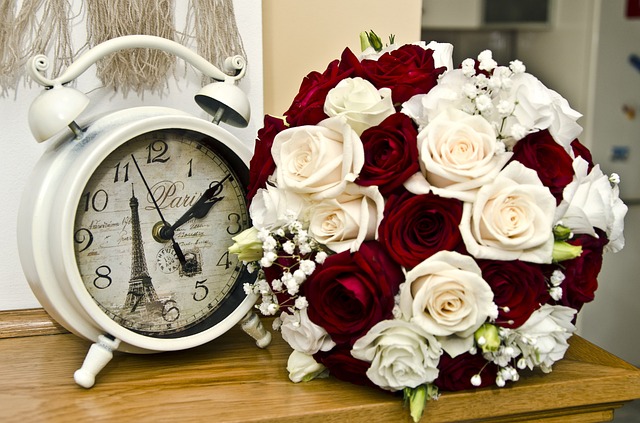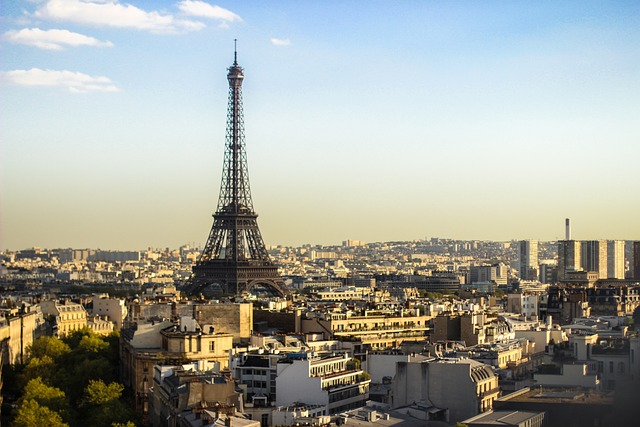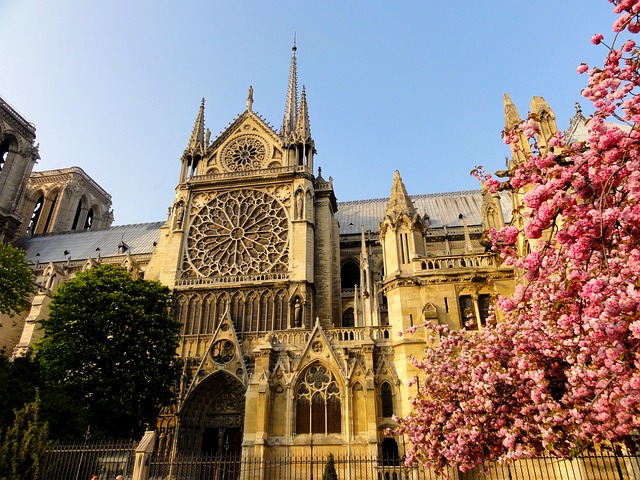Step Back in Time: Historical Guided Tours of Paris
Paris, often referred to as the “City of Light,” holds a treasure trove of history within its cobbled streets, stunning architecture, and remarkable landmarks. For those wanting to delve deeper into the rich tapestry of its past, historical guided tours provide an engaging and educational experience. From the medieval origins of the city to the grandeur of the French Revolution and beyond, guided tours bring to life the stories that shaped Paris into what it is today. This article explores the various aspects of historical guided tours in Paris, highlighting different themes, landmarks, and the profound impact these experiences can provide.
The Allure of Historical Tours
Guided tours in Paris offer an opportunity to escape the modern hustle and bustle and immerse oneself in the stories that echo through the ages. These tours are curated by knowledgeable guides, often historians or experts in specific fields, who provide insights that enhance the overall experience. Visitors can learn not just dates and events but also anecdotes that breathe life into the historical narrative. The allure of walking the same streets as historical figures or entering buildings where moments of great significance occurred adds a unique dimension to the exploration of the city.
Popular Themes in Historical Tours
Paris is a city that can be explored through a multitude of themes, making it perfect for tour customization. Here are some popular themes that highlight the historical depth of the city:
The Medieval Heart of Paris
The medieval era is one of the most intriguing periods in Parisian history, and walking tours dedicated to this time often begin at the Notre-Dame Cathedral. Although currently under renovation, the cathedral remains a symbol of Paris’s Gothic architecture and its religious significance. Guides recount tales of its construction in the 12th century and its role throughout the centuries. From Notre-Dame, tours may venture into the Latin Quarter, where narrow streets tell stories of intellectual revolutions and artistic movements.
Revolutionary Trails
The French Revolution represents a seismic shift in the political landscape of not only France but also the world. Tours focusing on this theme typically include the Place de la Bastille, where the infamous prison once stood. As guides narrate the monumental events leading to the uprising, visitors can imagine the fervor that gripped the city. Stops at the Palace of Versailles, where the royal court witnessed the revolutionary fervor, further enrich the experience, immersing visitors in the grandeur and turmoil of the era.
The Age of Enlightenment
Another popular tour theme is the Age of Enlightenment, a period characterized by intellectual growth and philosophical debates. The tour may start at the Panthéon, a mausoleum housing the remains of influential figures such as Voltaire and Rousseau. Participants often visit the cafés that once served as meeting places for Enlightenment thinkers, like the Café de Flore and Les Deux Magots. Exploring such locales provides an opportunity to understand the powerful ideas that emerged and their implications for society.
World War II and the Occupation of Paris
The impact of World War II on Paris is profound, and specialized tours can uncover the effects of Nazi occupation from 1940 to 1944. Guides recount the stories of resistance fighters, the plight of Parisian Jews, and the city’s liberation in 1944. Important sites, including the Vel’ d’Hiv’ Roundup memorial and the Place de la Résistance, serve as poignant reminders of this tumultuous period. Walking through these spaces allows participants to engage meaningfully with memories of resilience and courage.
Landmarks That Define Paris’s History
Throughout any historical guided tour in Paris, certain landmarks stand as testaments to the city’s evolution. Exploring these sites contributes to a fuller understanding of Paris’s historical narrative:
The Eiffel Tower, though a symbol of modern engineering, also represents the end of the 19th-century romanticism and the beginning of an era of industrial progress. Originally criticized by some of the leading artists and intellectuals of the time, it has since become an icon of Paris.
The Louvre Museum, formerly a royal palace, is a key to understanding France’s royal lineage and artistic heritage. Guided tours of the Louvre highlight not only the world-renowned art collections but also the historical transformations of the building itself from a fortress to a museum.
The Sainte-Chapelle is another gem located on Île de la Cité, renowned for its stunning stained-glass windows that depict biblical scenes. Built in the 13th century to house relics of Christ, this chapel showcases the Gothic architecture of the time and provides context for religious practices in medieval Paris.
The Benefits of Guided Tours
Historical guided tours offer several advantages that enhance the experience for participants:
Expertise: Guides usually possess in-depth knowledge about historical events, architectural styles, and cultural phenomena. This expertise allows participants to gain deeper insights beyond what they would find in a guidebook.
Engagement: Storytelling is a pivotal aspect of these tours. Guides often weave narratives that captivate participants, making history come alive. Engaging with stories of real people and events fosters a connection to the past, encouraging a greater appreciation for the cultural heritage that shapes modern-day Paris.
Networking and Community: Tours not only foster interactions between guides and participants but also among fellow explorers. Meeting like-minded individuals on a shared journey through history can turn a simple tour into a memorable communal experience.
How to Choose the Right Tour
With numerous options available, selecting the right historical guided tour can enhance the overall experience. Here are some factors to consider when planning your journey:
Focus Area: Consider what period or theme resonates most with you. Whether your interest lies in the medieval history of Paris or the events of the 20th century, there is likely a tour tailored to your preferences.
Duration: Tours can vary significantly in length, ranging from a couple of hours to full-day excursions. Identify how much time you wish to dedicate to exploring Paris’s history.
Group Size: Smaller tours typically foster more interaction and allow for in-depth discussions. Larger groups might offer a different experience but can sometimes compromise the personalized touch.
Reviews and Recommendations: Taking the time to read reviews or seek recommendations from fellow travelers can guide you to reputable tours that have received positive feedback.
Conclusion
Exploring the historical layers of Paris through guided tours is an enriching experience that bridges the past with the present. As visitors navigate the streets, their senses awaken to the beauty, complexity, and stories encapsulated within the city’s landscape. Not only do these tours provide an opportunity for knowledge, but they also foster a deeper appreciation of the cultural identity of Paris. Whether you’re a history buff or a curious traveler, stepping back in time to learn about the events that shaped this iconic city is an unforgettable journey that will stay with you long after the tour concludes.


